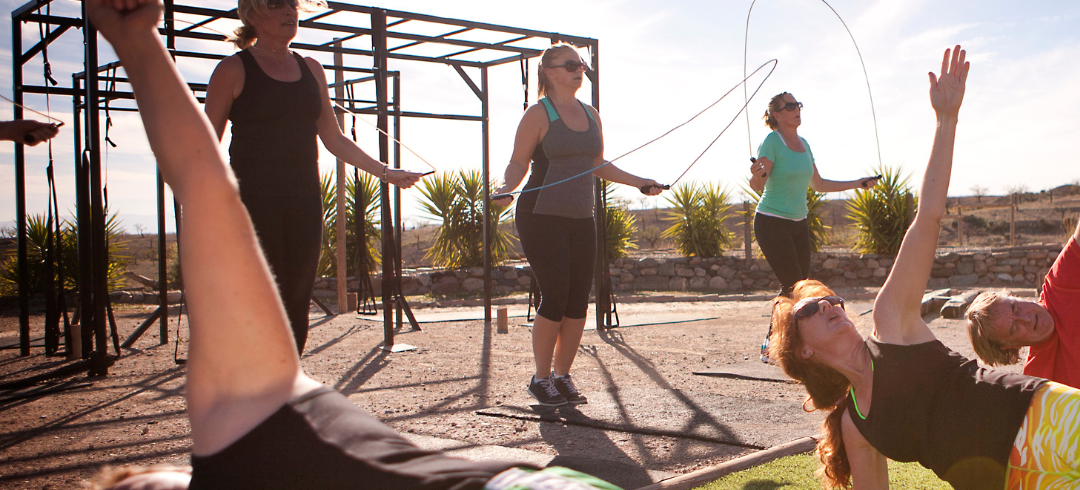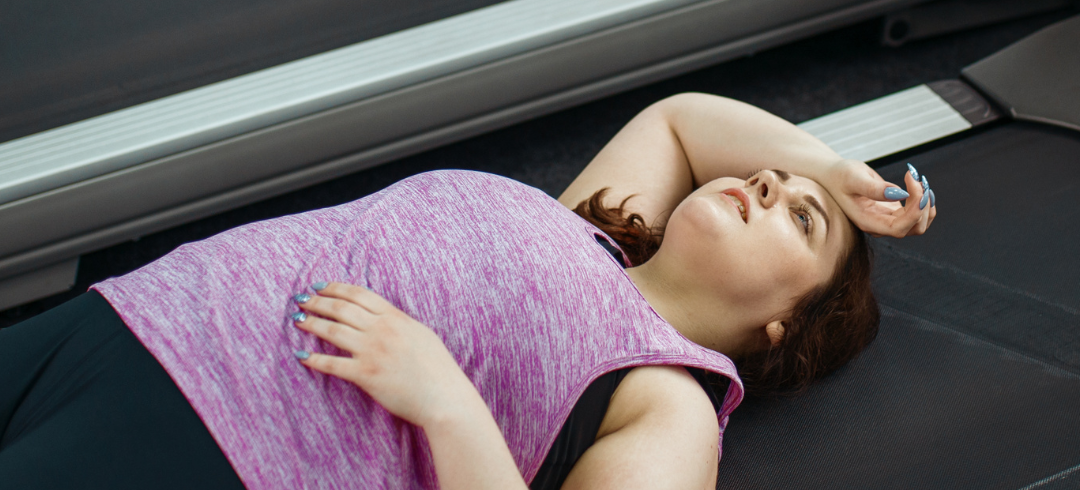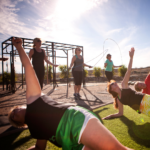
Staying fit and active is essential for a healthy lifestyle, but gym-goers and fitness enthusiasts often face an overlooked danger—faulty or poorly maintained equipment. From broken machines to worn-out cables and defective weight racks, these hazards can lead to serious injuries. Whether at a commercial gym or fitness center, it’s crucial to understand the risks, recognize the warning signs, and know your rights if an injury occurs due to negligence.
Broken Machines
Gym equipment undergoes heavy use daily, making regular maintenance essential. Unfortunately, some facilities neglect necessary repairs, creating serious risks for users. Common issues with broken machines include:
- Malfunctioning treadmills – Sudden stops or speed malfunctions can cause falls and injuries.
- Faulty weight machines – Loose or misaligned cables can result in improper resistance, leading to muscle strain or more severe injuries.
- Unstable exercise bikes – Broken pedals or loose handlebars can cause balance loss and falls.
Prevention and Safety Measures
- Always inspect machines before use for loose parts, frayed cables, or signs of instability.
- Report any malfunctioning equipment to gym staff immediately.
- Use alternative exercises if a machine appears damaged or worn down.
Legal Implications
If a gym fails to maintain its equipment and an injury occurs, the facility may be liable for negligence. Gyms have a duty to provide a safe environment, including proper maintenance and timely repairs of workout machines. Victims of such negligence may have grounds to seek compensation for medical expenses, lost wages, and pain and suffering.
Worn-Out Cables, Resistance Bands, and Weight Racks
Resistance-based training equipment is essential for strength workouts, but when these items become worn or degraded, they pose a significant risk. Common hazards include:
- Snapping resistance bands – Sudden breakage can result in blunt force trauma or eye injuries.
- Frayed weight machine cables – Weakened cables can snap mid-exercise, causing users to lose control of heavy weights.
- Unstable weight racks – Poorly maintained or overloaded racks may collapse, leading to serious injuries.
Prevention and Safety Measures
- Inspect cables and bands for fraying or cracks before use.
- Avoid using heavily worn equipment and notify gym management of any issues.
- Ensure weight racks are properly secured and balanced before loading heavy weights.
Legal Implications
If an injury occurs due to worn-out or defective gym equipment, the gym owner or manufacturer may be held responsible. Gym operators are required to conduct routine inspections and replace damaged equipment. If an equipment manufacturer produces defective products, they could be held liable under product liability laws.
What to Do If You Are Injured Due to Faulty Equipment
If you sustain an injury due to faulty or poorly maintained fitness equipment, take the following steps:
- Document the incident – Take photos or videos of the defective equipment and any visible injuries.
- Report the issue – Notify gym management immediately.
- Seek medical attention – Even minor injuries can develop into more severe issues over time.
- Consult a legal expert – If negligence or product defects contributed to your injury, you may be entitled to compensation.
Contact Baron, Herskowitz, and Cohen for Legal Assistance
If you or a loved one has suffered an injury due to faulty fitness equipment, Baron, Herskowitz, and Cohen can help. Our experienced attorneys specialize in personal injury claims related to gym accidents, defective products, and facility negligence. Contact us today for a free consultation to explore your legal options.





